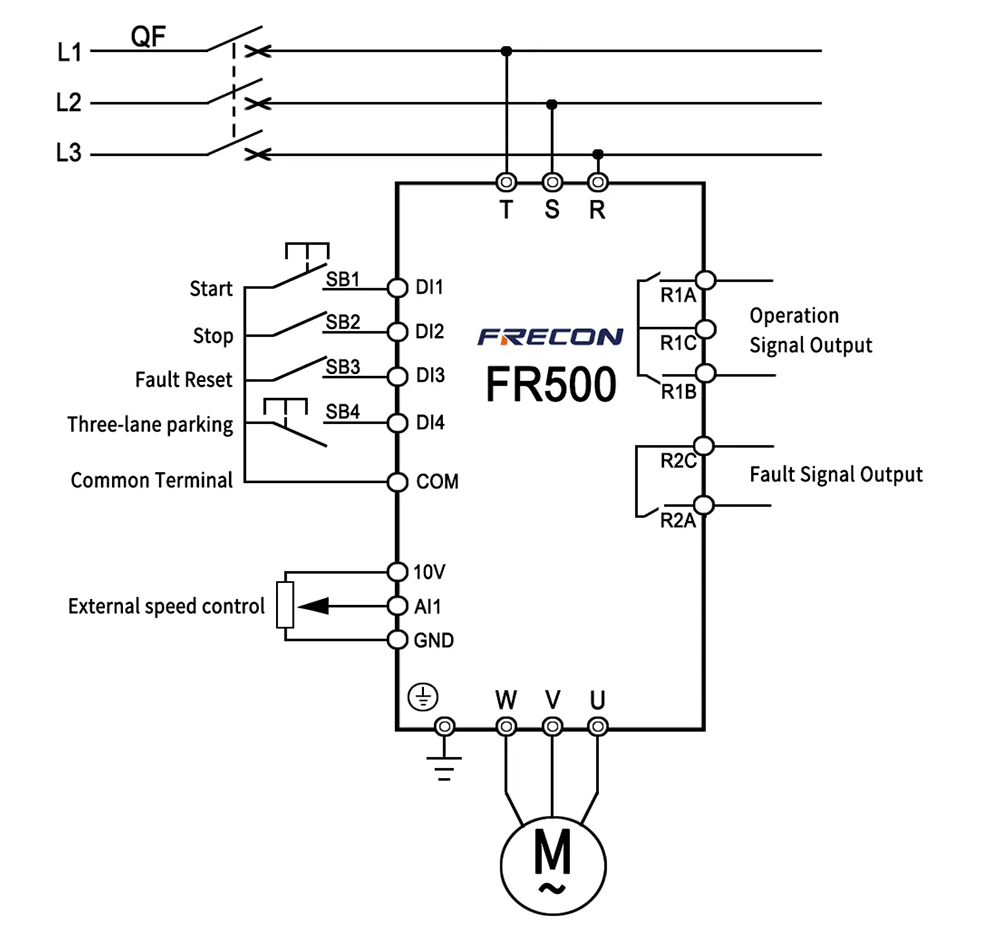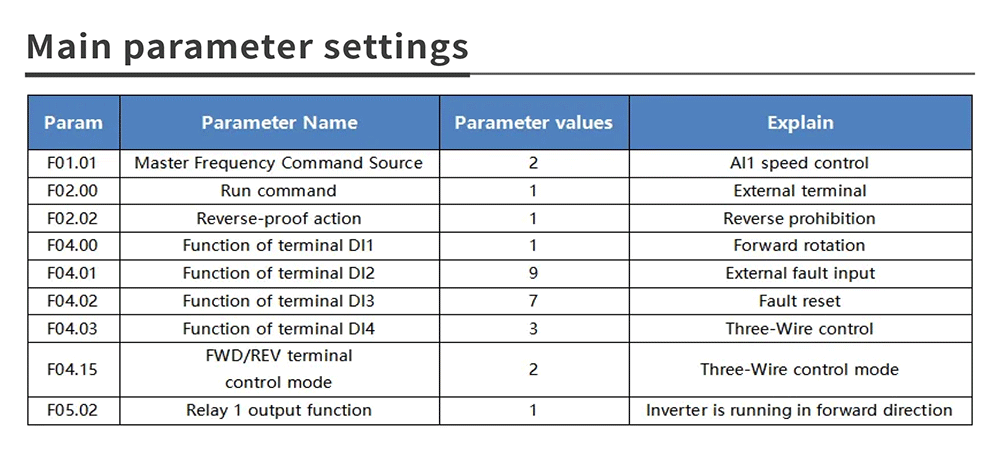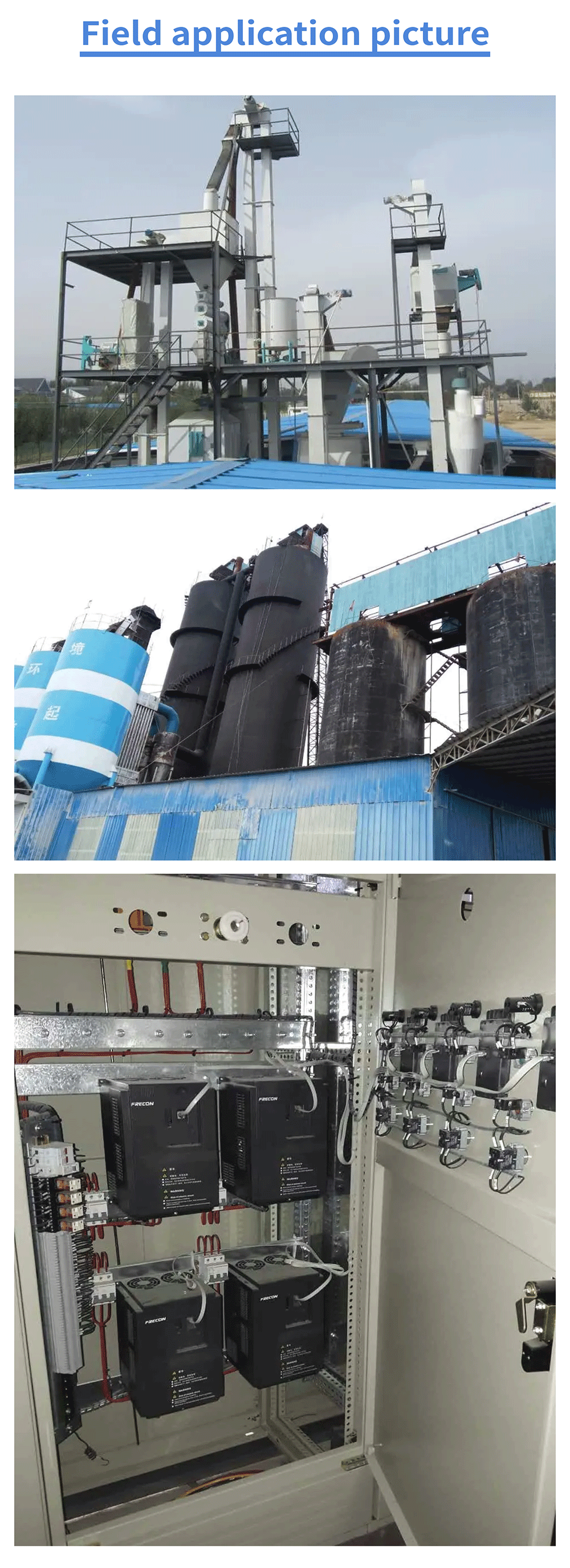Although China's feed industry has only been established for just over 20 years, a complete feed industry system has already formed. The feed processing technology is an important aspect of feed production and serves as a strong pillar to ensure the healthy and stable development of the feed industry. With the increase in market demand, improving production capacity has also become an essential step.
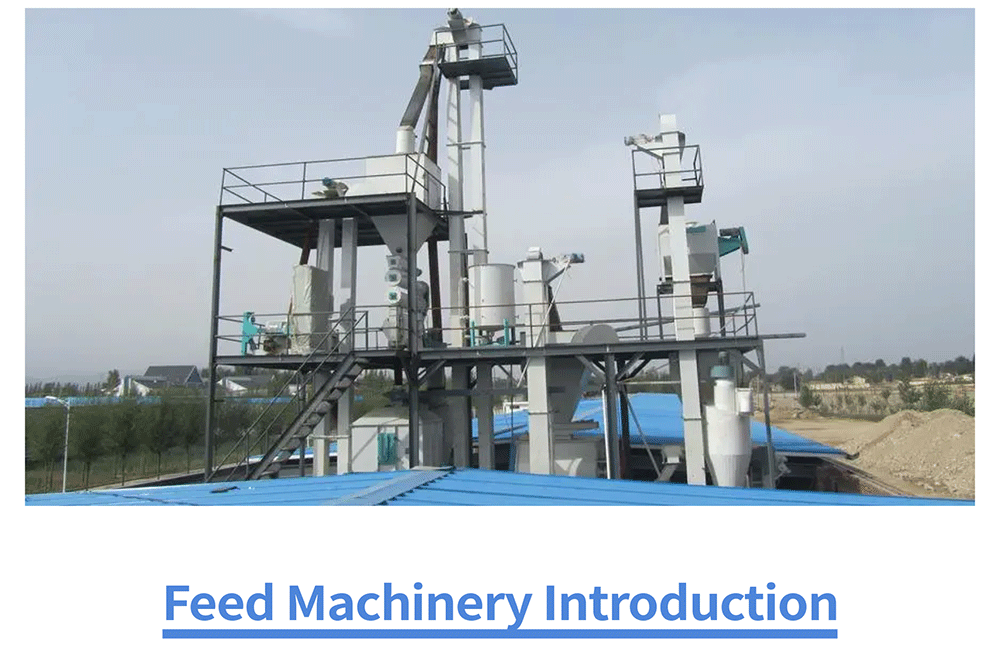
Feed machinery plays a crucial role in feed production. These machines are used for processing and producing feed, with their main functions being the crushing, mixing, processing, and pelleting of raw materials. Below is a detailed introduction to the role of feed machinery in feed production.

Feed processing equipment on the market can be divided into several categories: fine feed crushing machines, fine feed mixing equipment, fine feed pelleting machines, fine feed conveying equipment, fine feed cooling equipment, fine feed shredders, dust removal machinery, raw material cleaning equipment, fine feed selection machinery, and packaging feed equipment, among others.
Based on net weight, feed processing equipment is divided into light feed machinery and heavy feed generator sets.
Based on their order, feed processing equipment is classified into key feed processing machinery and complementary feed processing equipment.
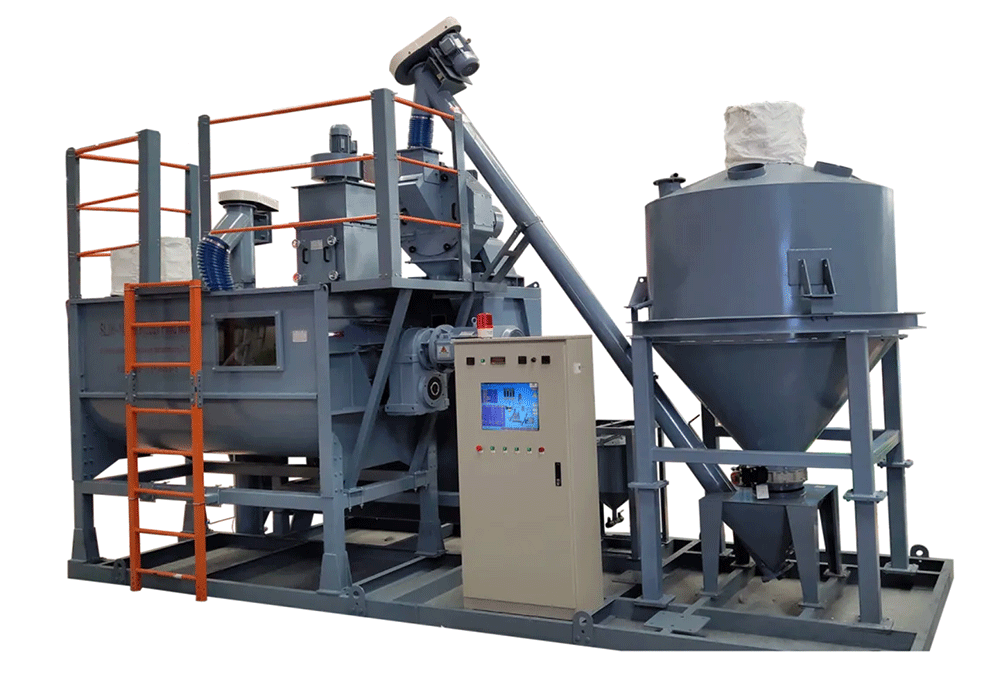

Raw Material Reception: This is the process of receiving various raw materials required by the feed factory, either storing them after certain procedures or directly using them. Typically, the amount received is 3 to 5 times the production capacity of the feed factory. The raw material reception usually involves several steps:【raw material transportation -- quality inspection -- weighing -- cleaning -- measurement -- storage】.
Raw Material Crushing: In feed machinery, crushers can break down coarse feed ingredients into a suitable powder form for processing. Crushing increases the surface area of the materials, enhancing their solubility and absorbability, thereby improving the quality of the feed.
Raw Material Mixing: In feed machinery, mixers can blend different types of feed ingredients and add appropriate additives. Mixing ensures an even distribution of additives, allowing them to function more effectively within the feed. Through mixing, various additives can be fully dissolved in the raw materials, achieving better nutritional balance.
Extruded Pellets: In feed machinery, extruders can compress the mixed feed ingredients into pellet form. Compared to powdered feed, pellet feed is not only easier to store and transport but also reduces feed waste and increases feed efficiency. Additionally, the uniform shape of pellet feed facilitates consumption and is more beneficial for the digestion and absorption of animals.
Drying and Dehydration: In feed machinery, dryers can remove moisture from high-humidity feed materials. Drying extends the shelf life of feed, reduces the growth of mold and bacteria, and ensures feed quality. Additionally, it lowers the moisture content in the feed, minimizing energy loss and enhancing the nutritional value of the feed.
Crushing and Refining: In feed machinery, the fine grinder can further crush granular feed into smaller particles. The finely ground feed particles are more easily digested and absorbed by animals, improving the energy utilization rate of the feed. Additionally, fine grinding enhances the quality of the feed, increases its bulk density, reduces dust generation, and improves production efficiency.
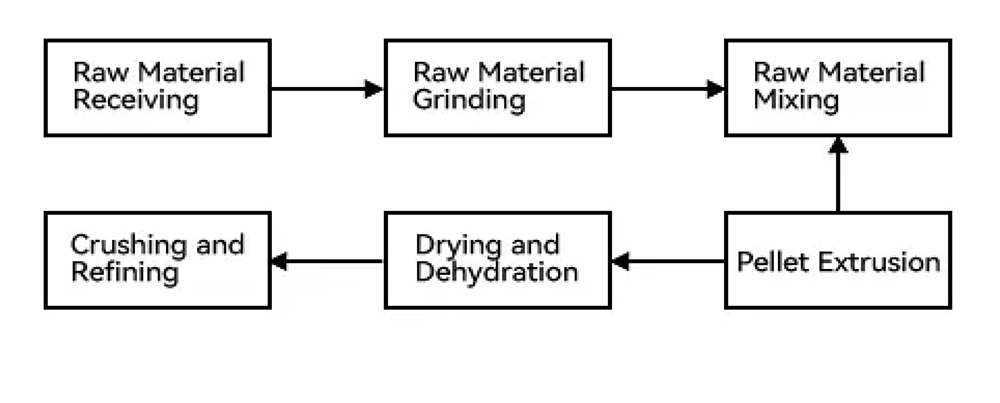

Frequency Variable Speed Control Technology: Feed machinery utilizes advanced frequency variable speed control technology, which allows for smoother operation of the equipment while also being more energy-efficient. By using this technology, the operating speed of the equipment can be flexibly adjusted according to production needs, enhancing production efficiency while reducing energy consumption.
Vector Control and V/F Control Functions: The inverter is equipped with vector control and V/F control functions, which allow the motor to output a large torque even at low frequencies, ensuring the stability and efficiency of the equipment during startup and operation.
Built-in PID Closed-loop Control Function: The built-in PID closed-loop control function allows for precise control of the motor, ensuring that the equipment operates according to preset parameters, which enhances the controllability of the production process and the consistency of product quality.
Multiple Protection Functions: The inverter has various protection functions, such as overvoltage, undervoltage, overcurrent, phase loss, overload, overheating, and reverse rotation protection. These features ensure the safe operation of the equipment and reduce the likelihood of failures.
Soft Start and Slow Stop: The soft start and slow stop functions reduce the impact of the starting current on the power supply, protecting the power equipment. Additionally, these functions minimize wear on the equipment, extending its service life.
Visual Automatic Temperature Control System: The feed machinery is equipped with a visual automatic temperature control system, making temperature control more intuitive and parameter settings more precise, further enhancing production efficiency and product quality.
Self-Cleaning Function of the Screw: The screw features a self-cleaning function, eliminating the need to disassemble it for cleaning after shutdown. This simplifies the equipment maintenance process and reduces maintenance costs.


Control Schematic for the Inverter Retrofit of the Powder and Granule Machinery:
(1) Utilizes external analog signal AI for speed control, derived from the analog output of the front-end inverter;
(2) Adopts a three-wire control mode for external start and stop;
(3) External fault output for more effective protection;
(4) Running indicator to show that the inverter is in operation;
(5) Fault output indicator can be connected to an indicator light or buzzer for alarm notifications.
